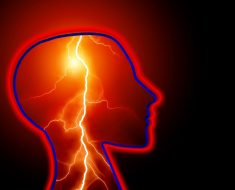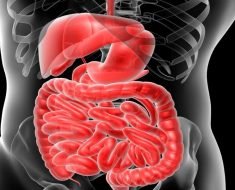The initial findings of a study on spontaneous coronary artery dissection, a major cause of heart attacks in women, are reported today in a late breaking science session at ESC Congress 2018.
Professor Jacqueline Saw, principal investigator, of the University of British Columbia, Vancouver, Canada, said: “Spontaneous coronary artery dissection (SCAD) causes around one-third of heart attacks in women under 60 years of age. SCAD was previously under-diagnosed and considered rare. Advances in intracoronary imaging techniques have improved diagnosis, yet we still know very little about the cause and natural history of SCAD.”
SCAD occurs when the lining of an artery supplying blood to the heart tears away from the artery’s outer layer. Blood leaks into the space between layers and forms a clot, which narrows the artery and restricts blood flow. Symptoms are similar to a heart attack and include chest pain, rapid heartbeat, pain in the arms, shoulders or jaw, and feeling sick, short of breath, sweaty, and light headed. If you have chest pains or other symptoms, call emergency immediately.
Treatment aims to restore blood flow to the heart. Some patients receive medication only, while others undergo a procedure to open the artery, either with a stent or by surgically bypassing the artery.
The Canadian SCAD Study examined the clinical presentation, natural history, treatment, and outcomes of SCAD. The researchers prospectively enrolled 750 patients presenting acutely with SCAD at 20 centres in Canada and two centres in the US between 2014 and 2018. Diagnosis of SCAD was adjudicated by an angiographic core laboratory. At the start of the study, information was collected on demographics, stressors and conditions that could have caused SCAD, and treatments. Patients are being followed for three years for major adverse cardiovascular events (MACE).
Today researchers report the baseline characteristics and outcomes in-hospital and at one month. The average age of patients in the study was 52 years and 89% were women.
Regarding possible causes for SCAD, about half of patients (49%) reported emotional stress prior to the event, and 30% reported physical stress (in 10% this was lifting more than 23 kg). The most common predisposing condition was fibromuscular dysplasia (40% of those assessed), which causes abnormal cell development in the arteries and can lead to narrowing (stenosis), aneurysms, or tears (dissections). Other predisposing conditions were five or more pregnancies (10%), being peripartum (5.3%), fertility treatment (5.1%), systemic inflammatory conditions (4.7%), and connective tissue disorders (3.5%).
Professor Saw said: “Emotional stress appears to be a major trigger for SCAD. Fibromusclar dysplasia, which is more common in women than men, also played a major role—it often has no symptoms but in some patients it causes headaches or a swooshing sound in the ears called pulsatile tinnitus.”
All patients presented with an acute coronary syndrome with their acute SCAD event, with 99.3% having a heart attack and 0.7% having unstable angina. The main symptom was chest pain, which occurred in nine out of ten patients. On angiography, the left anterior descending artery was most commonly affected (52%), and long diffuse narrowing was the most common feature (called type 2 SCAD; 58%).
The majority of patients were treated with medication only (85%), while 14% underwent percutaneous coronary intervention, and less than 1% had coronary bypass surgery.
Almost all patients (99.9%) survived to 30 days. The rate of MACE to 30 days was 7.5% (including recurrent heart attack in 5.1%, cardiac arrest in 3.3%, unplanned revascularisation in 2.1%, severe heart failure in 1.5%, mechanical haemodynamic support in 1.5%, stroke in 1.2%, heart transplant in 0.1%, and death in 0.1% of patients). Within 30 days after discharge, 5.1% had a repeat visit to the emergency room, and 2.5% were admitted for chest pain.
Source: Read Full Article





